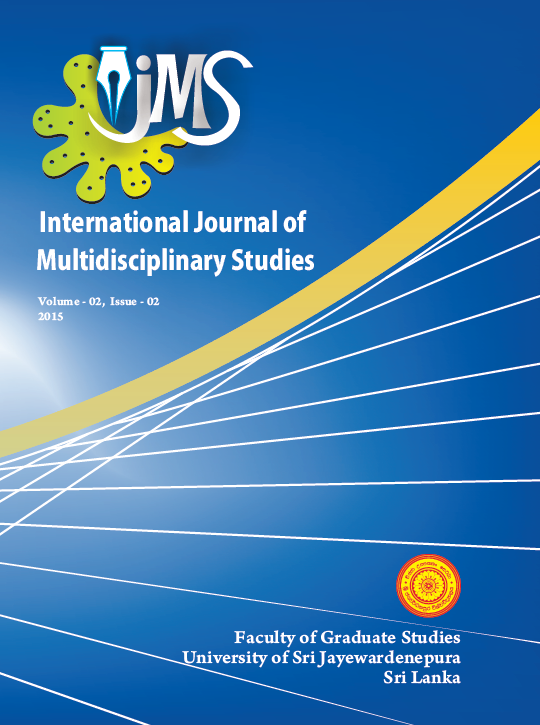‘Translating the Untranslatable’: An Analysis on Translating Culture Specific References in Translating a Script for Dubbing Purpose
DOI:
https://doi.org/10.31357/ijms.v2i2.2820Abstract
The field of translation is becoming exceedingly popular with the advancement of technology. In the Sri Lankan context, the field of audio visual translations, specifically dubbing and subtitling was first practiced in early 1980s. However, compared to the practices in the field of audio visual translation in the other parts of the world, the advancement of the field in Sri Lanka was comparatively slow. Nevertheless, dubbed dramas, movies, etc. from various continents of the world are dubbed in Sinhala and Tamil and telecast in Sri Lanka. Translating a script for dubbing purpose is challenging since the translator has to focus on the
linguistic factors as well as socio-cultural factors related to both the source language and the target language. The purpose of the study was to analyze strategies in translating culture specific expressions in translating a script for dubbing purpose. As the methodology, culture specific references of a Korean drama which was translated and telecast in Sinhala was analyzed. The analysis was done from the word level and above word level considering the linguistic factors as well as socio-cultural factors of both source language
and the target language. Thus, the findings show that apart from strategies of translating the other conventional media, polysemiotic nature in audio visual translations, has led the translator to use several interventional strategies in translating culture specific expressions within the cultural, linguistic, technical
and contextual considerations in translating a script for dubbing purpose, challenging the conventional theories of translation equivalence
KEYWORDS: Audio visual translations, dubbing, culture specific references, source language, target language

